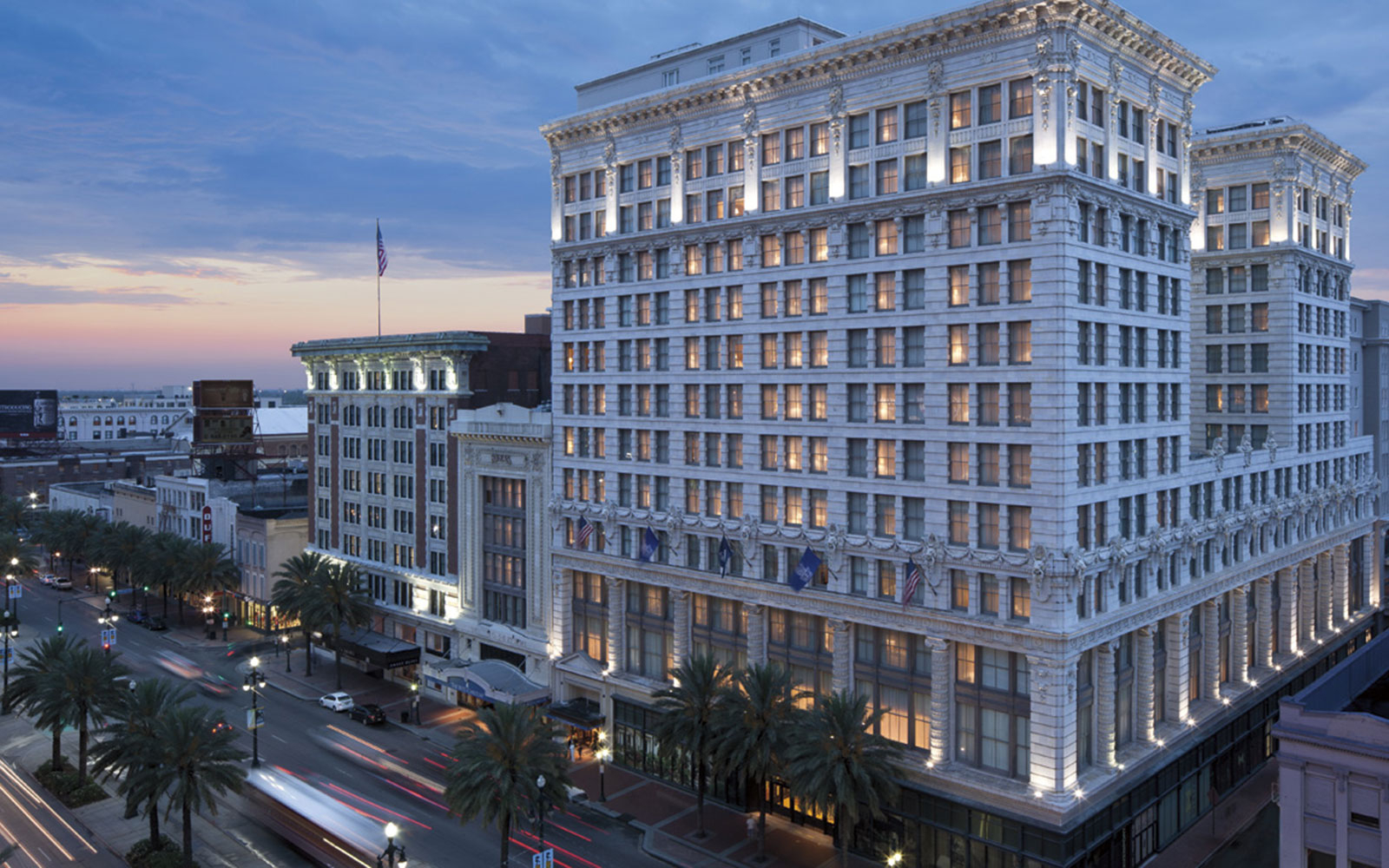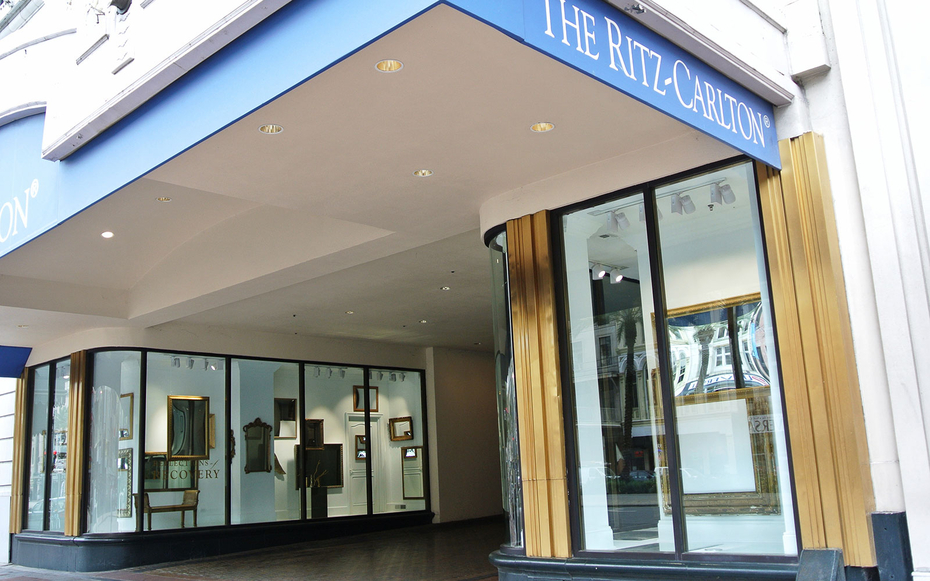 Ron Starr
Ron Starr
Ten years after Hurricane Katrina ripped through New Orleans, the city is enjoying a newfound energy, especially when it comes to the arts. Galleries and organizations across the Big Easy are commemorating the anniversary with exhibitions, performances, and events. The Ritz-Carlton, New Orleans, which underwent a $100 million restoration to repair the damage caused by Katrina, has just unveiled the Reflections of Recovery installation by local artist and author Kit Wohl. We spoke with the artist about her inspiration and what it was really like to witness the worst storm of the century.

It’s a deliberate theme, obviously. It was inspired by the previous installation, Nothing is More New Orleans than a Festival. We had dozens of ghost instruments painted white and lit them so they threw these shadows. People walking past were stopping for selfies—hundreds of ‘em—and I didn’t realize until after I did the installations. “This is pretty unusual,” I thought.
So when we were brainstorming this installation, I knew we had the Katrina anniversary, and in my opinion, the recovery occurred and was instigated by the hundreds of thousands of people who volunteered to clean up the city and help us restore and go on about living again. So it’s a very individual contribution by hundreds of thousands of people. When people stop and take a selfie in these mirrors that we’re installing, they’re reflecting their own contributions to the recovery. They are the recovery.
We weathered the storm successfully, and this part of uptown—the Garden District that we’re in—is fairly high up, so we didn’t have any flooding, but we could see the difficulty happening across the city. So after the storm, the guys took bicycles out and surveyed the damage. They said it didn’t look too bad, but all of a sudden, water was coming down Canal Street. It was a man-made catastrophe. The levies failed. New Orleans is a soup bowl and those levies are critical to keeping us dry. So when we found out that we had water coming into the city, we knew that we wouldn’t get power back and that we were looking at a long period of bad times.
We were hoping we would get better news, but everyday it became bleaker. So with great reluctance we went up north. Our instincts were to stay here, but we left because of the pleas of the people managing the catastrophe—they said “please leave, don’t be part of the problem. When you return, you can be part of the solution.”
The strangest thing was returning. We were driving into the city and we live between two hotels, and the taxi company is also half a block away from our house. So we were calling the taxi company to see if they had electricity yet, and one day they said yes. As we came home and crested the expressway that leads into the city, it was black. There was not a light. It was the eeriest thing. It was totally dark—totally black. We made it to our house and we had no electricity. Then it came on the next day. Driving around, everyone just cried. You could see the water marks 10 or 12 feet up and it was truly shocking. It was catastrophic ruin.
The restaurants’ walk-in refrigeration units were off. Everything was toxic. It took a considerable length of time to get everything back up and running. We had no tourism. It was awful. We were truly mired in tragedy. Some of the restaurant owners went into the walk-ins to clean them out wearing gas masks. When they reopened, it was a make-due situation. You weren’t hoping for a menu; you were hoping they made meatloaf. Just the ability to go into a restaurant and get a meal was thrilling. It was bizarre—like nothing any of us have ever experienced.
New Orleans has had its fair share of tragedies and fires and the occasional hurricane. I would say this was absolutely the worst. To see the amount of work that’s occurred in a decade is stunning. We have a new spirit of entrepreneurship. There’s a tremendous influx of young, creative people. I have friends who are opening galleries left and right. Old neighborhoods are facing new development. New companies are springing up. Our children used to go to college and leave for Atlanta or New York. Now they’re coming from Atlanta and New York and setting up companies here. It’s a vital creative community.
It’s really been a communal effort of locals, visitors, and people who come in to help rebuild. Our tourism market has increased tremendously. The number of restaurants has increased from pre-Katrina days by several hundred.
The spirit of entrepreneurship. The building—it’s ongoing. A huge amount has occurred and there’s much more to come. If you think of New Orleans as seasons, Katrina was an unexpectedly cruel winter and right now we’re experiencing a lighthearted spring that’s leading into summer time.
The Ritz has always been supportive of local artists and they are even more so now. They had taken a big hit in terms of their basement flooding and their first floor getting a lot of water damage. So they’ve always leaned toward celebrating the city and now it’s intensified. They’re located in what was a New Orleans institution and they are now a New Orleans institution, including music as well as other art. Jeremy Davenport performs there four nights a week. He’s a well-known and beloved trumpeter. Any season there’s something exciting happening. We never have any down time.